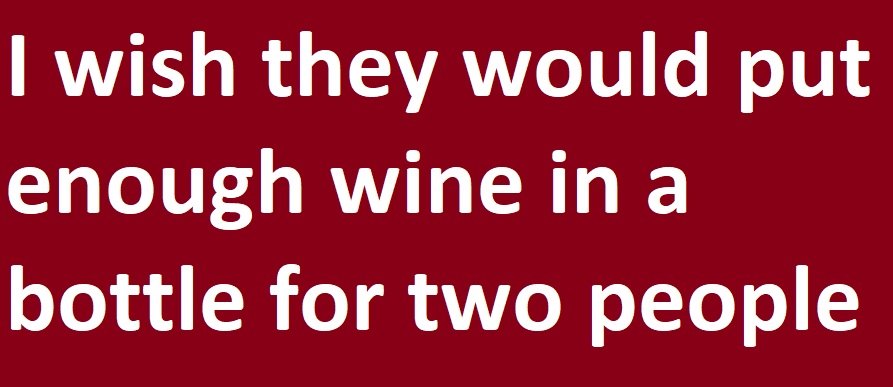
I often say “I wish they would put enough wine in a bottle for two people.” Whilst it’s said in jest, there are times you don’t quite get through the whole bottle. So how do you store an unfinished bottle for another day? Most people would just put the cork or screw cap back on the bottle and then reopen it a day or two later to find the wine wasn’t quite as good as they remembered. There’s a good reason for this – it’s called oxidation.
Oxidation is the process where oxygen in the air reacts with ethanol, the alcohol in wine, and coverts the ethanol to acetic acid which is the main ingredient in vinegar.
So when someone says a wine tastes like vinegar there actually might be some truth to it. Depending on the wine and how it’s stored after it’s opened, these changes can be noticeable after only a day or two. But there are a number of ways of slowing down oxidation which will allow you to store opened wine between drinking sessions so you can still enjoy it.
The simplest method is by cooling the wine. This can be done by putting the cork or cap back on the bottle and putting it in the fridge. This slows down the oxidation reaction and thus the rate in which acetic acid is formed.
Pros:
- Simple and cheap;
- Works well for white wines.
Cons:
- Can only keep wine for a very short period e.g. four days or less;
- Need to allow time for red wine to come up to room temperature before drinking
The next most efficient method is removing the air from the wine to help prevent oxidation. This can be done using a device called a Vacuvin which has two parts: a plastic nipple that goes in the neck of the bottle and a hand operated pump that pumps out the air. You only need one pump but can have multiple nipples for multiple bottles, if you are so inclined, and the nipples are reusable. Depending on how the wine is stored (again a fridge works best) it can last up to seven days.
Pros:
- Relatively cheap with a one off investment;
- Keeps wines longer than fridge-only method or doing nothing.
Cons:
- Manual operation;
- Can be a bit tricky to use;
- Not good for multiple sessions of the same bottle (i.e. can Vaccuvin once).

The most efficient method is by providing a barrier between the air and the wine to virtually eliminate oxidation. This is done by introducing a gas that is heavier than air into the bottle. This gas sinks to cover the surface of the wine, displacing the air (oxygen) and creating a barrier. The most common ‘heavier than air’ gases used are Nitrogen and Argon. Argon is known as a noble gas – it’s inert and doesn’t react – so it is preferred over Nitrogen which can infuse into the wine. Argon is much more expensive (up to 6 times) than Nitrogen, but in the small quantities used this shouldn’t pose a problem for most wine lovers. The Argon gas I recommend is Winesave which comes in a handy canister with a nozzle to insert into the bottle.
Pros:
- Easy to use;
- The best (and longest) solution;
- Keeps wines for an extended period of time (weeks or even a month if stored correctly).
Cons:
- Can be expensive if you drink a lot of wine (but not as expensive as throwing good wine away);
- Runs out (not reusable).

So now there’s no reason to drink a whole bottle in one sitting – you can enjoy a glass; try different wines on the same night; match wines to individual courses; open a different wine to enjoy; and yes, even open that second bottle you know you’re just not going to finish. Nothing (and hopefully no one) is going to get wasted.
But to have unfinished wine you need to have some wine to begin with! So why not head over to our online store or our ‘Social Isolation Secret Cellar Clearance’ – at up to 40% off some of our rare and special wines are starting to run low.
And if you need any more tips or advice feel free to reach out to me on our Facebook page and sign up to our mailing list to get access to our newsletter and wine specials.
Cheers,
Antony.

